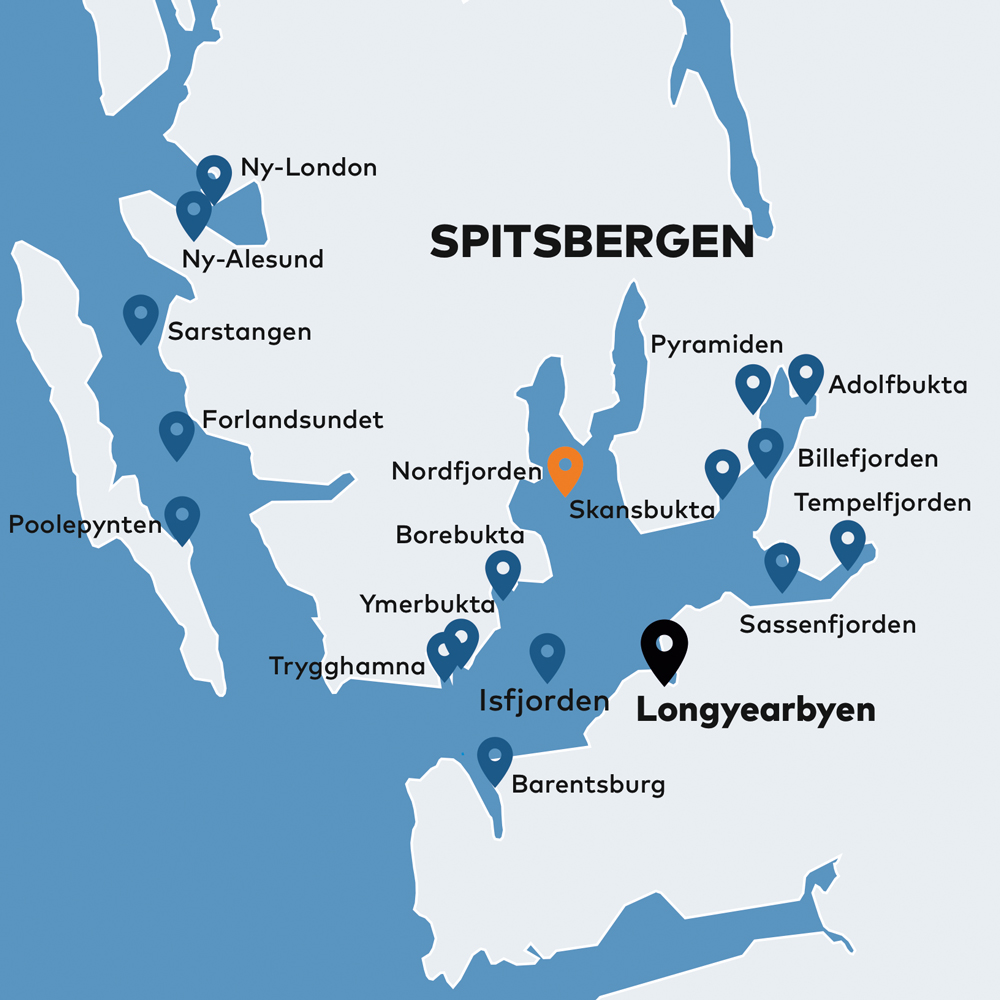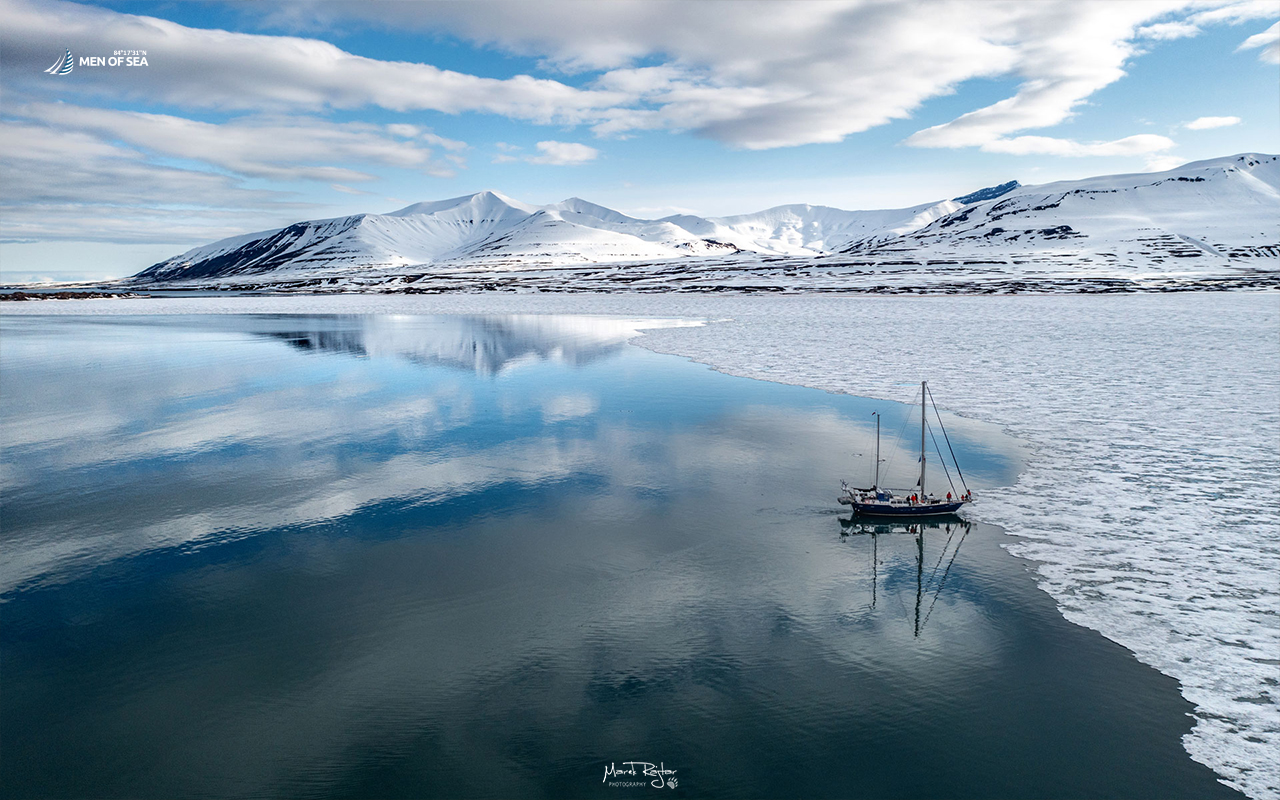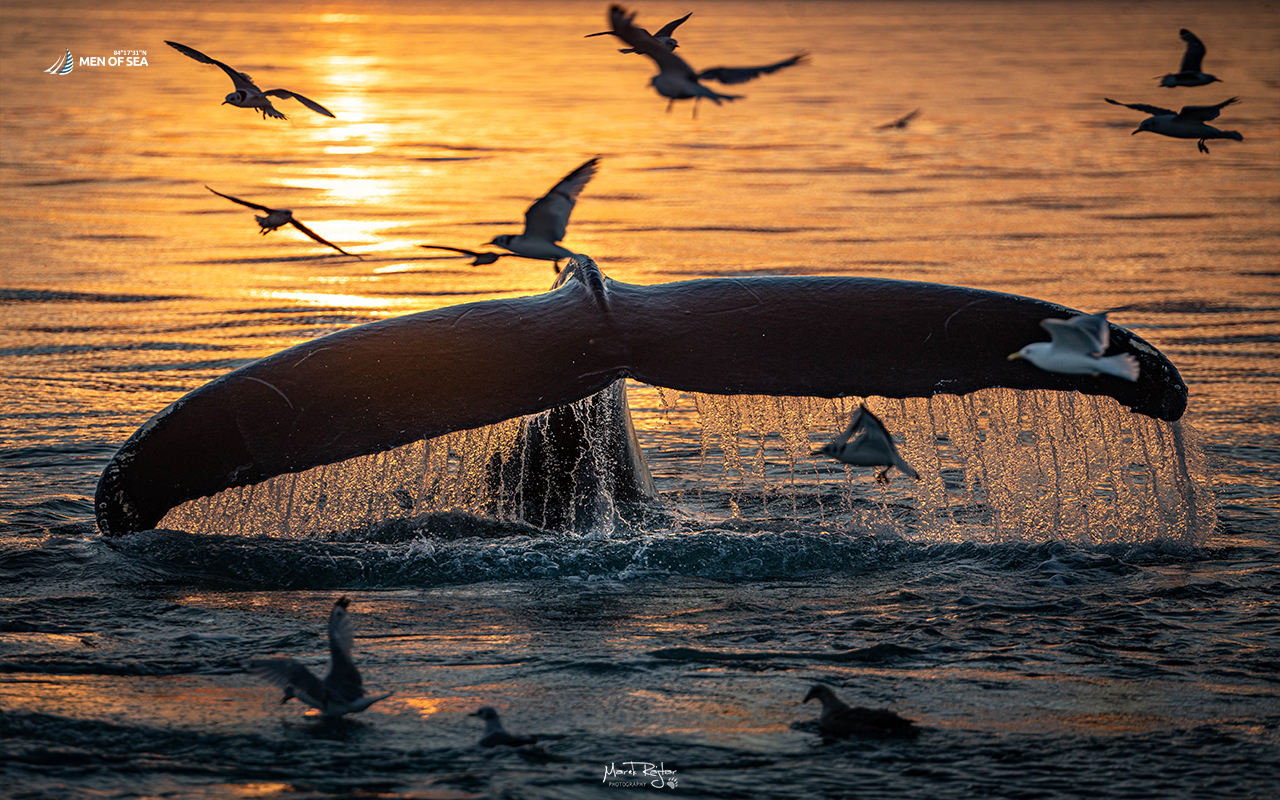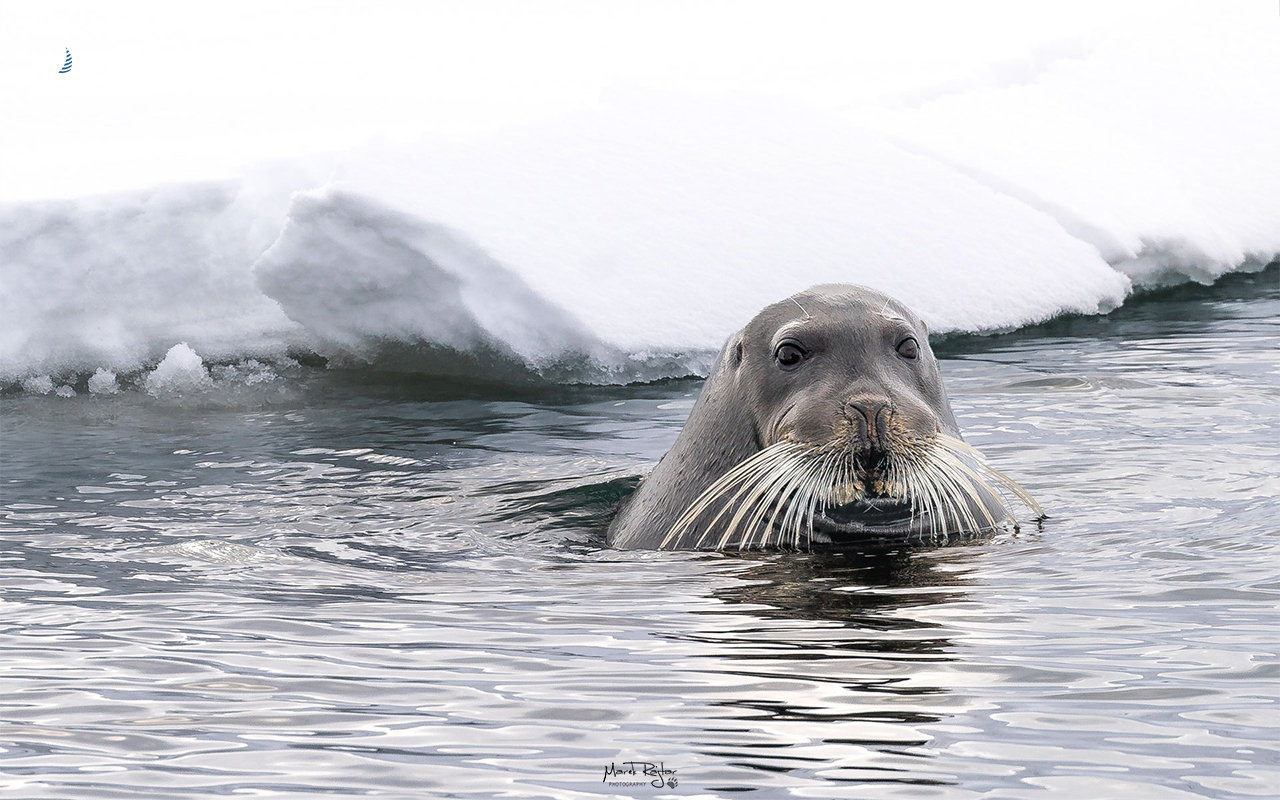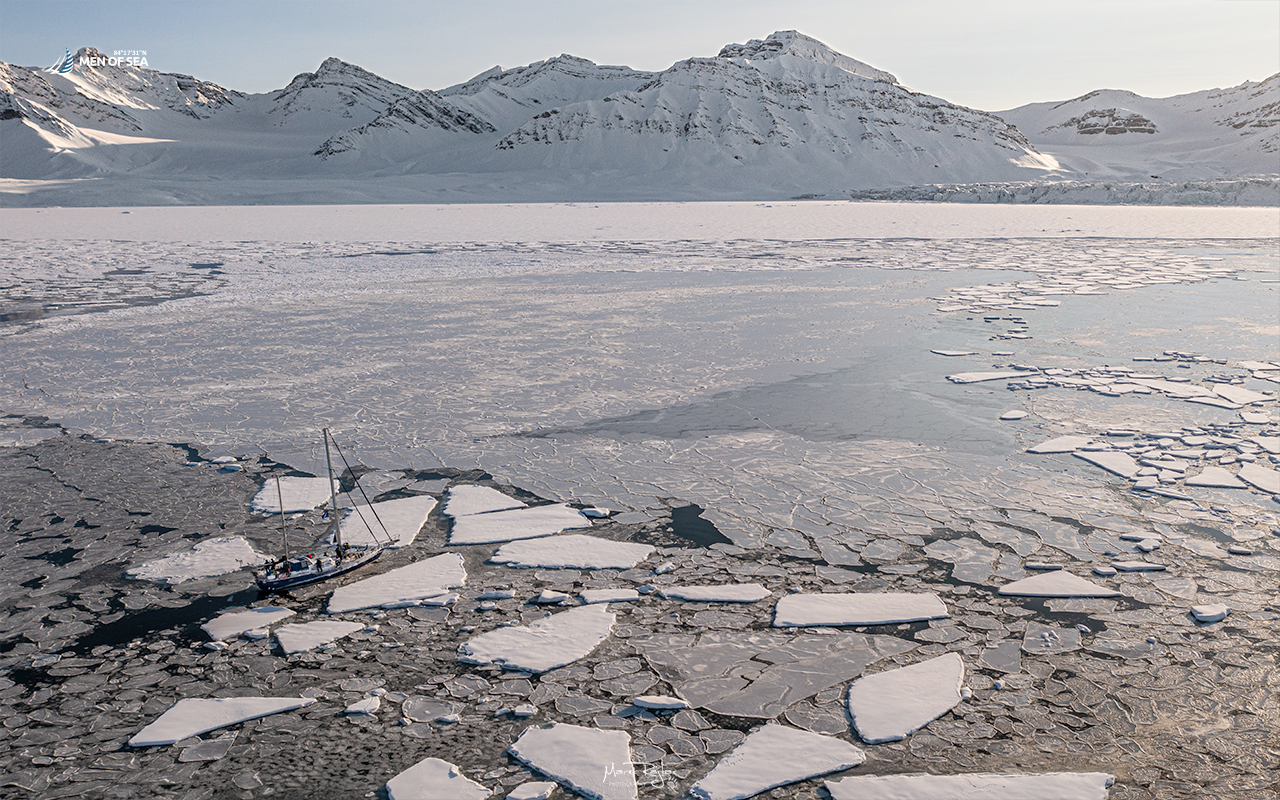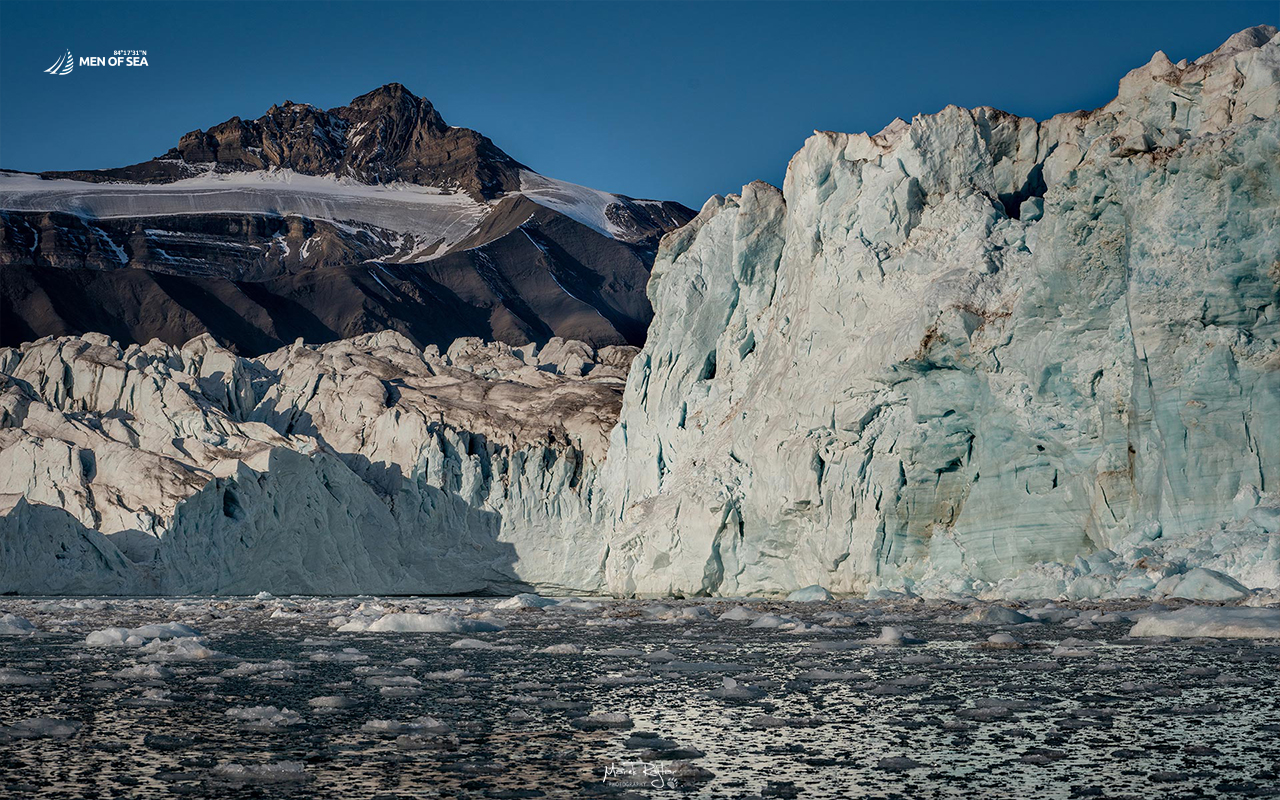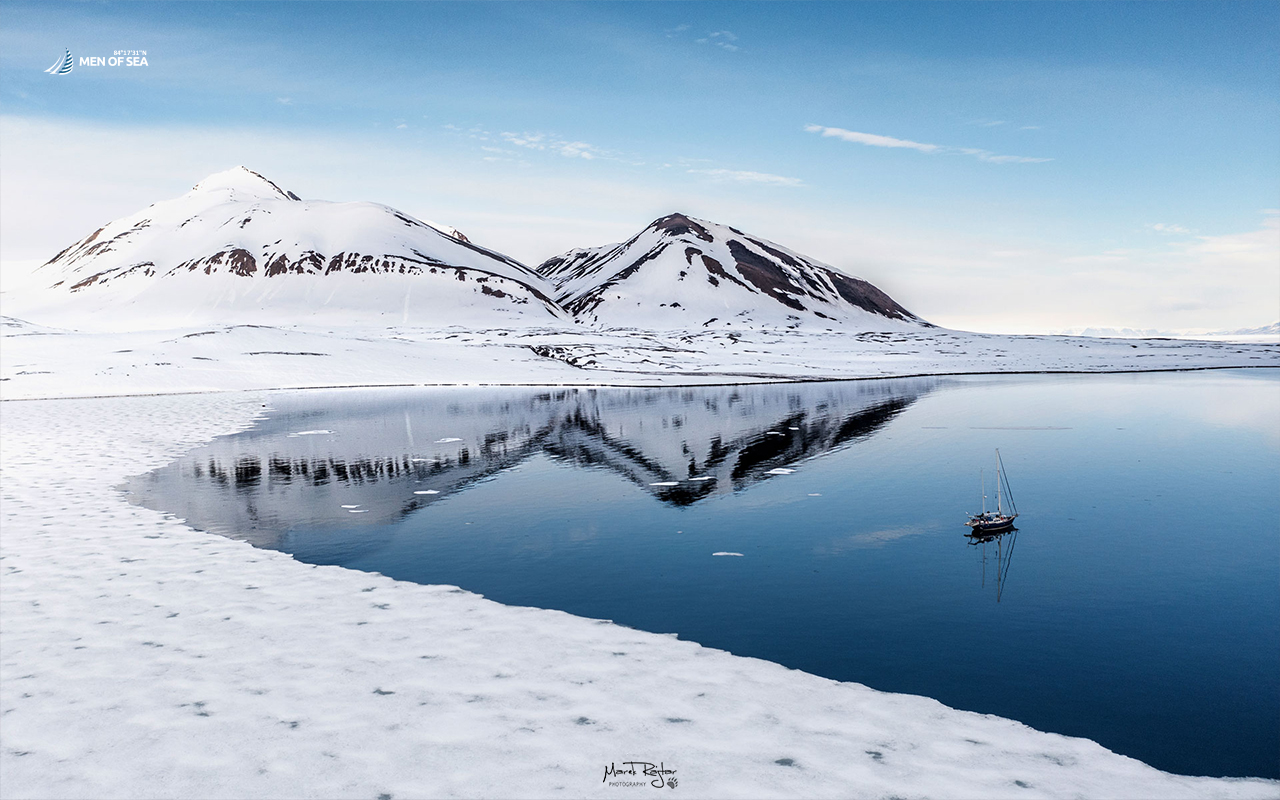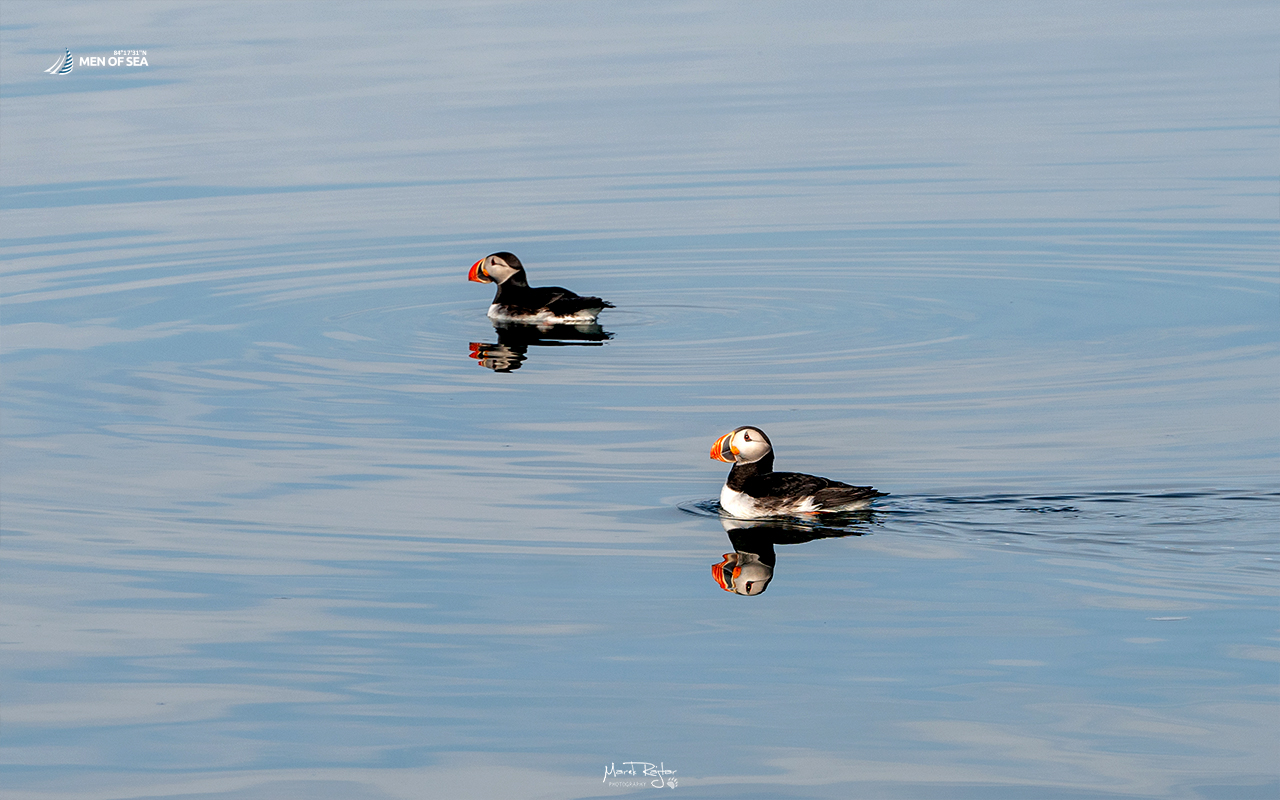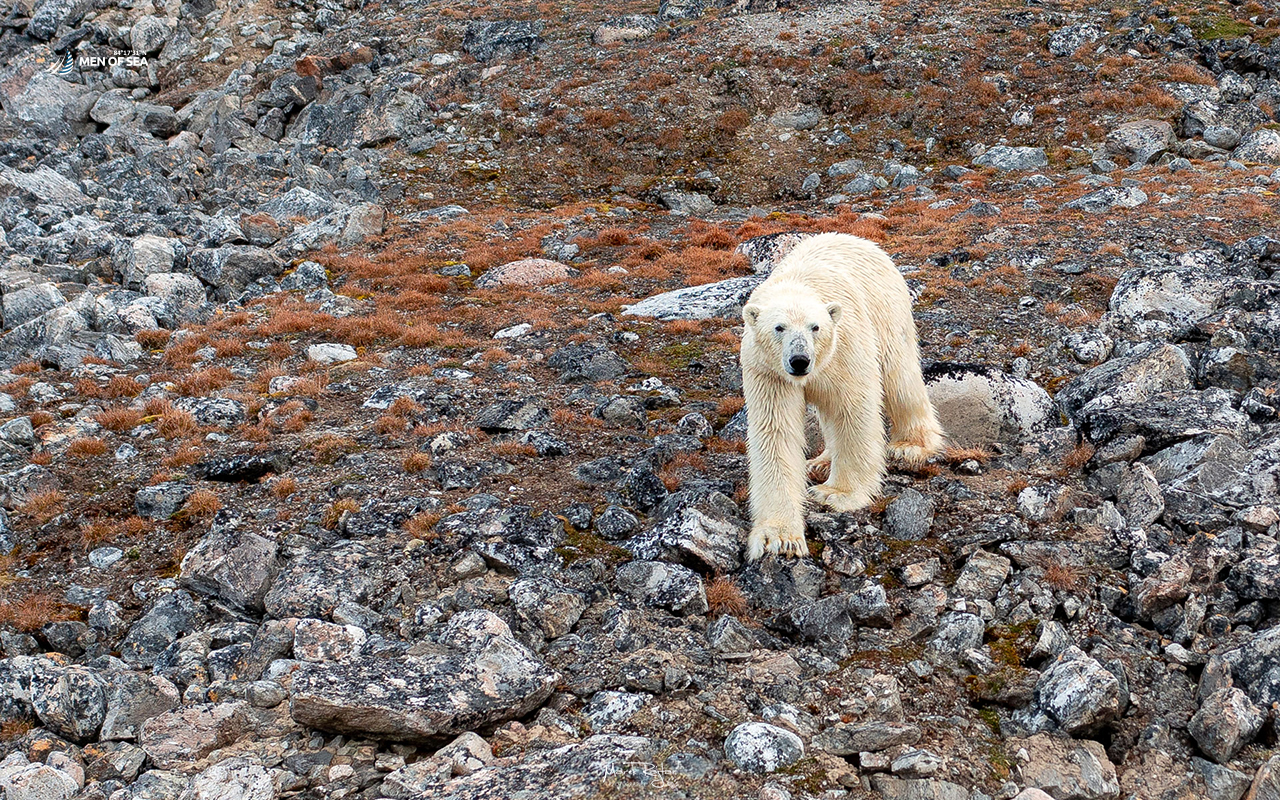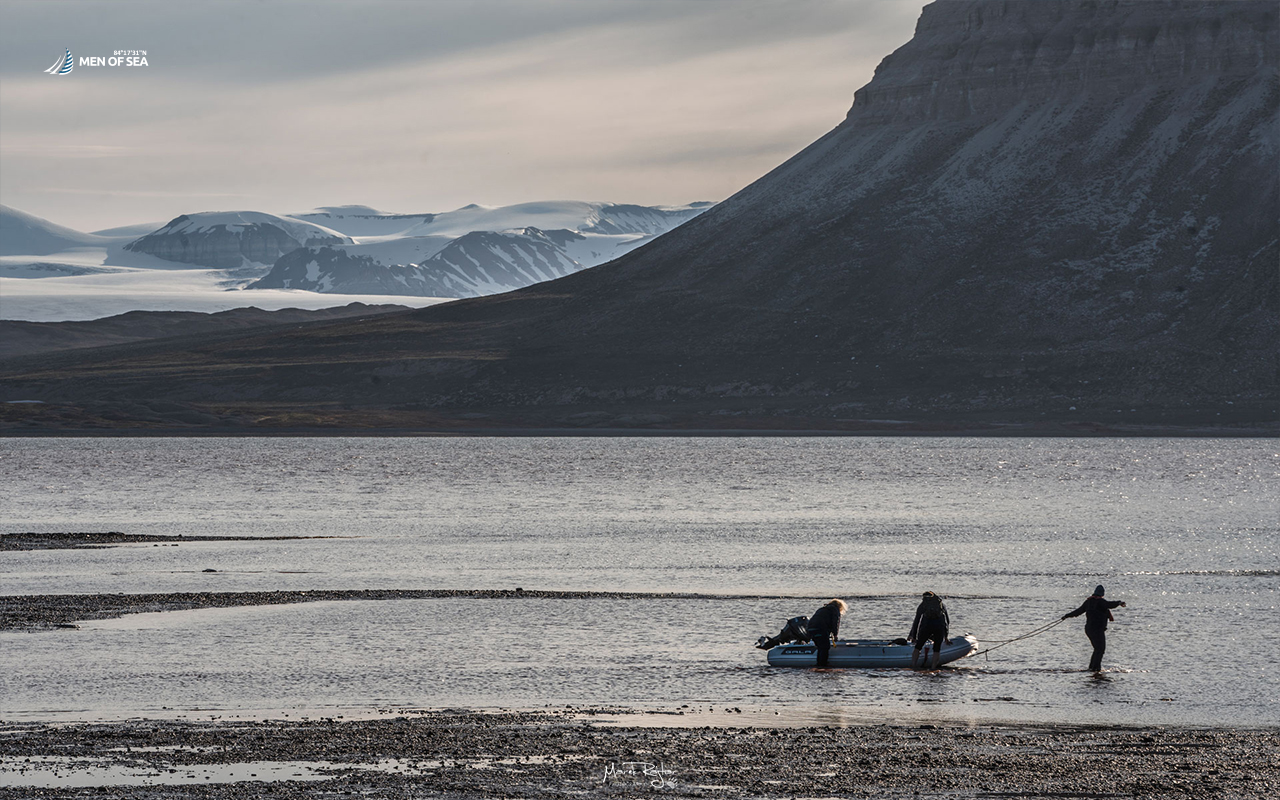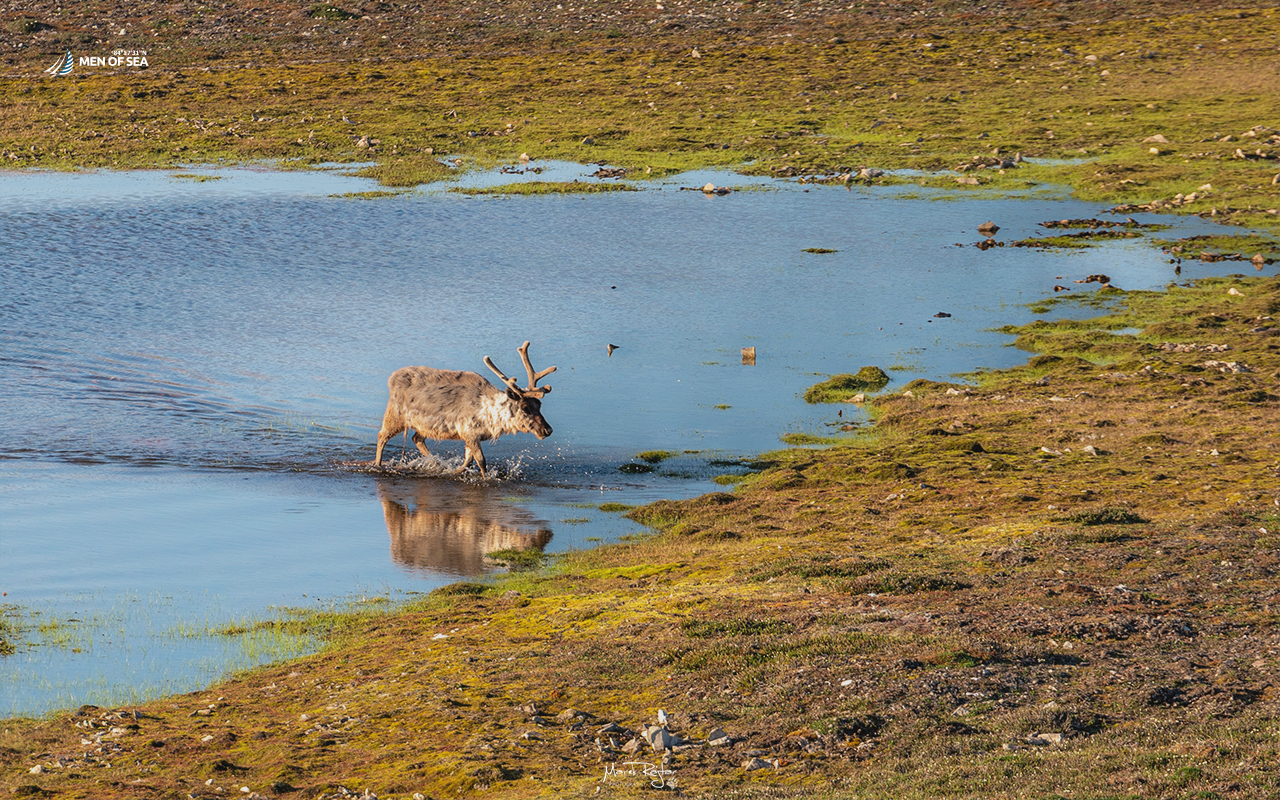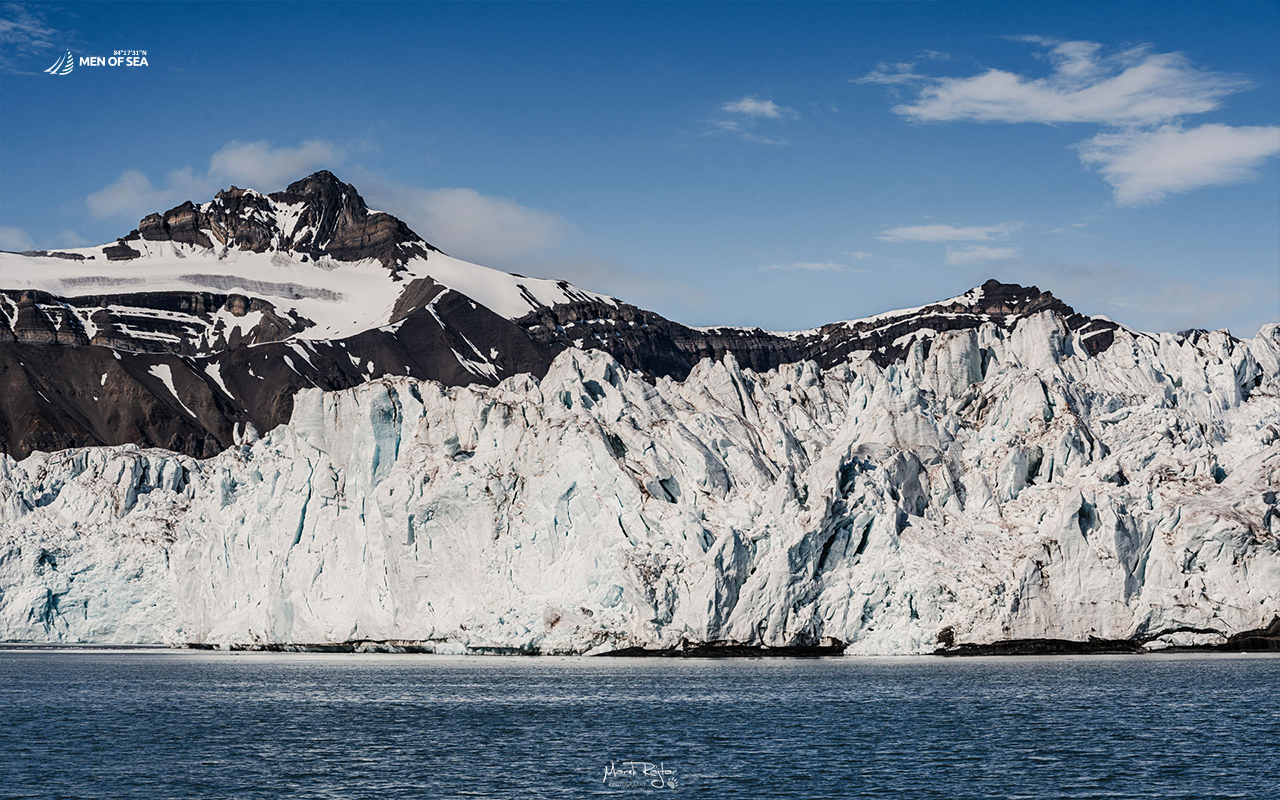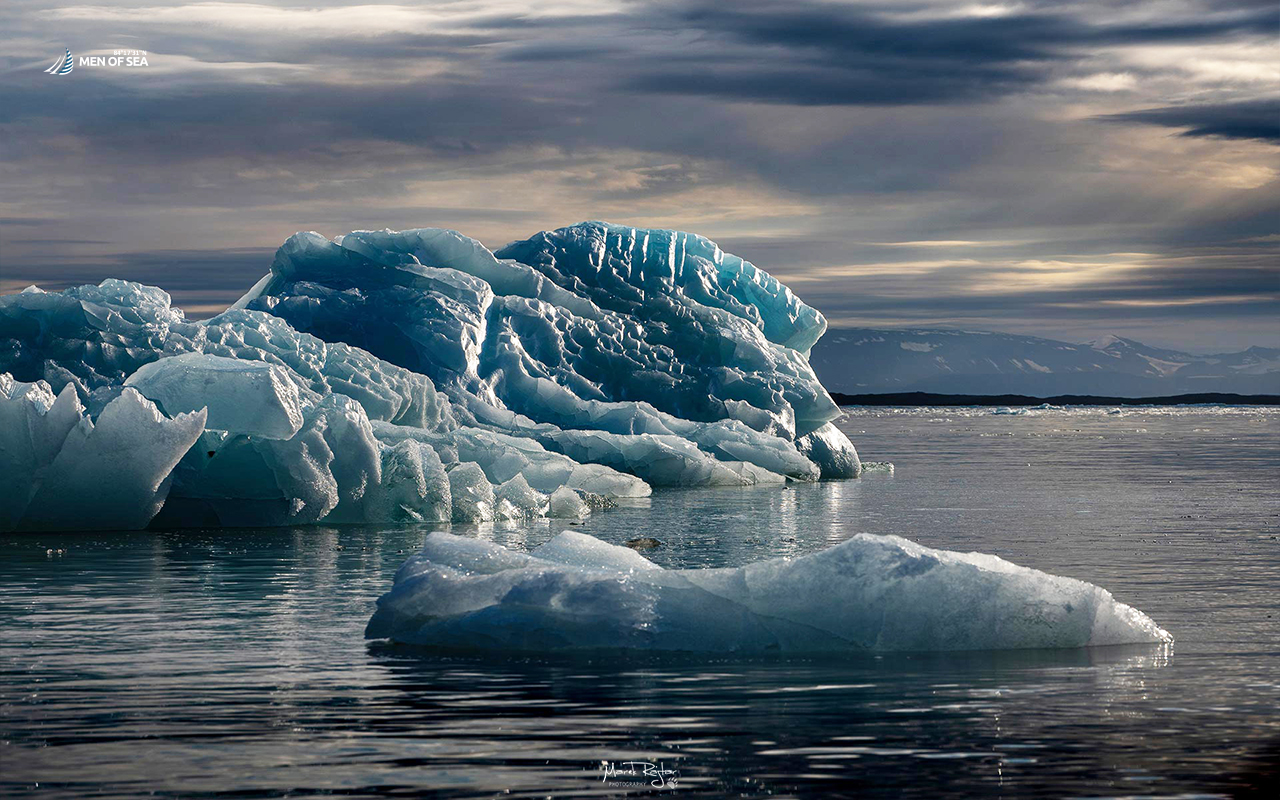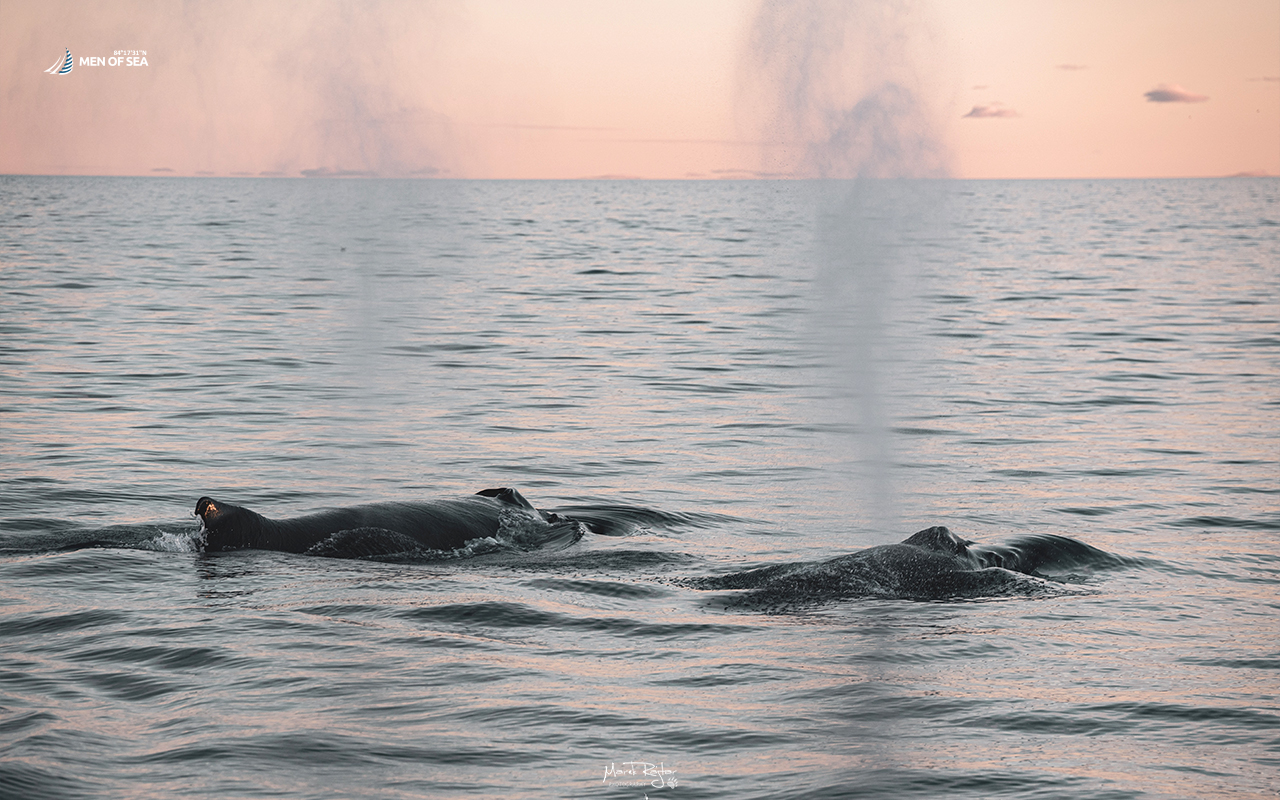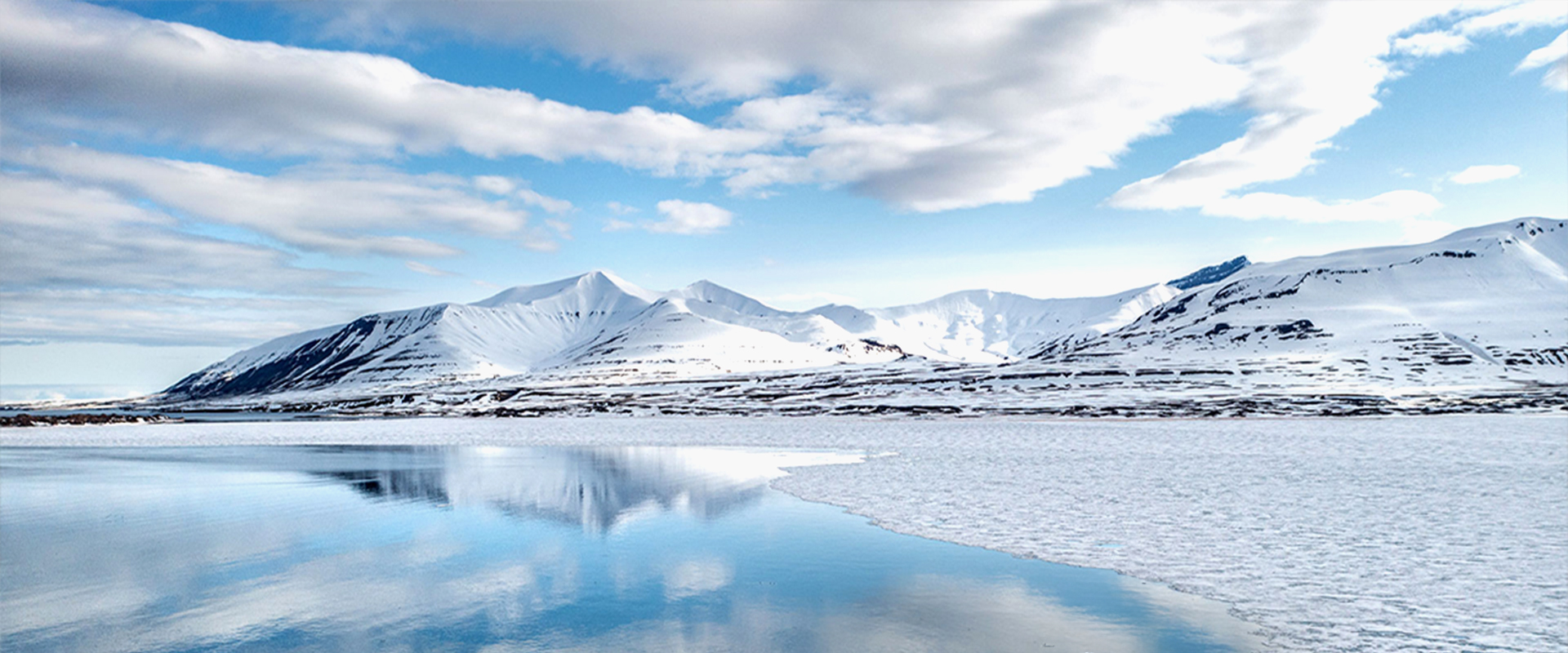
NORDFJORDEN
Fjord surrounded by glaciers
BASIC INFORMATION
Nordfjorden is the northern branch of Isfjorden, Spitsbergen’s second longest fjord. It is a beautiful place surrounded by glaciers. To the north, at Brevika Bay, the Sefströmbreen glacier descends into the fjord. To the west there is the mighty 30km Sveabreen glacier, visible in good weather from Longyearbyen itself.
The area around the fjord is also a popular hunting ground.
One of the many interesting places that Nordfjorden offers is Kapp Wijk. The cape is a hunting ground, with traditions dating back three generations. It is reported that two of the hunting lodges located here were once used by the legendary hunter Arthur Oxaas. Today, one of them is still used by the equally famous Harald Solheim.
Another famous building called Svenskehuset is located on Kapp Thordsen. It was built at the end of the 19th century by Adolf Nordenskiöld, who sought to make use of the minerals obtained on Spitsbergen and to promote scientific work in the area. The immediate reason for building Svenskehuset was the plan to start commercial extraction of coprolites, or fossilised animal faeces, which, however, never came to fruition. The site became infamous when, in the year it was built, as many as 17 Norwegian seal hunters froze here one winter, paradoxically seeking shelter from the cold. The building was also used for the same purpose by a Swedish scientific expedition during the first International Polar Year of 1882-1883, when Salomon Andrée stayed here and later made an unsuccessful attempt to reach the North Pole by balloon.
Another site worth mentioning is Bohemanneset, as it was here that the earliest coal mining began, as early as 1899. Modest remnants of the early days of the mining industry are visible on the site.
Glaciers, space-like islands and wildlife
Nordfjorden is an important highlight of our Spitsbergen expeditions. First of all, we approach the high front of the Sveabreen glacier. This glacier likes to calve, so there are often icebergs in its vicinity. The bay-closing shallows often hold them for a longer time. The glacier often makes threatening murmurs, so we listen to its singing.
The second highlight for us in Nordfjorden is the island of Coraholmen, recently discovered by us. We had avoided it until now and when we first landed on it, we were amazed by its beauty and how different it is from other places. It has a lunar landscape. There are lots of hills and hidden lakes on the west side, and meadows on the rest where reindeer often graze. A beautiful place, but conditions must be favourable to get there. There are no good anchorages nearby, and when the tides are strong, the whole water colours red taking particles of washed-out clay with it.
Nordfjorden is also a place of choice for wildlife. Whales often swim here, as well as walruses and seals; polar foxes run along the shores and reindeer graze. It was here that the now famous walrus attack on our zodiac took place. The walrus survived, the zodiac did not.
Trips connected with NORDFJORDEN
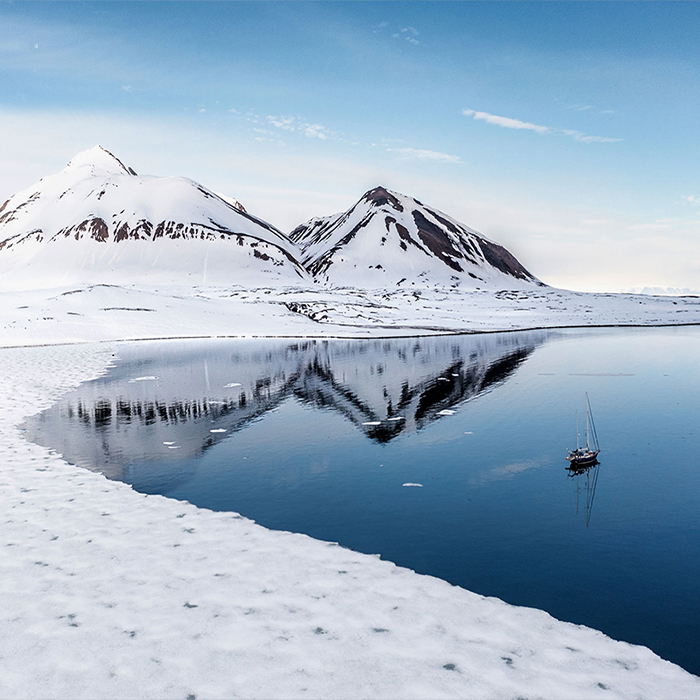
Across the Arctic Seas

12 dni
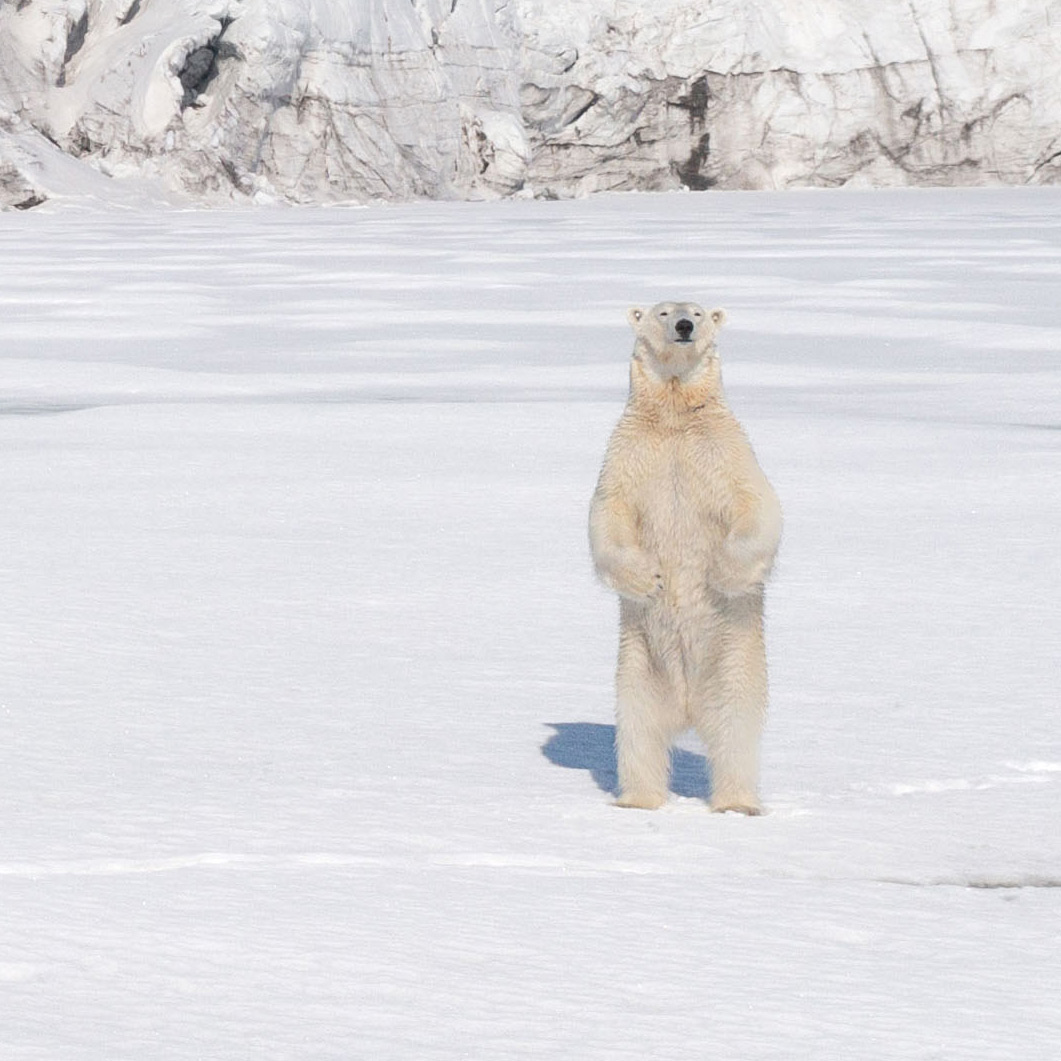
Animals of Svalbard Photo Safari #1

8 dni

Animals of Svalbard Photo Safari #2

8 dni

Animals of Svalbard Photo Safari #3

8 dni
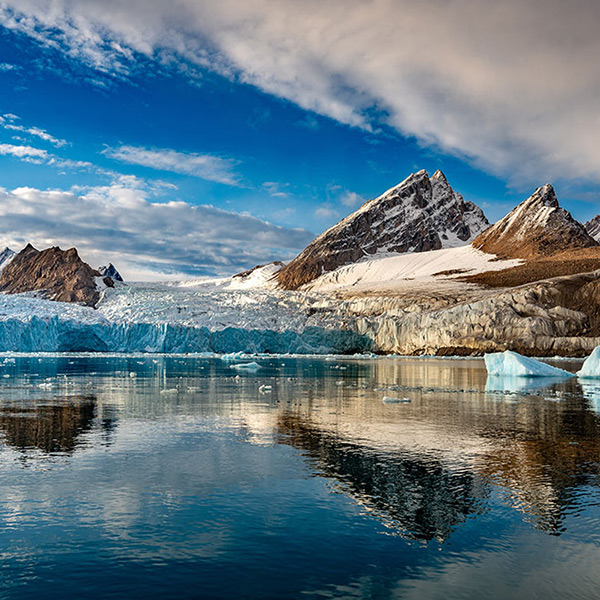
Spitsbergen in a week #5

8 dni

Spitsbergen in a week #8

8 dni
